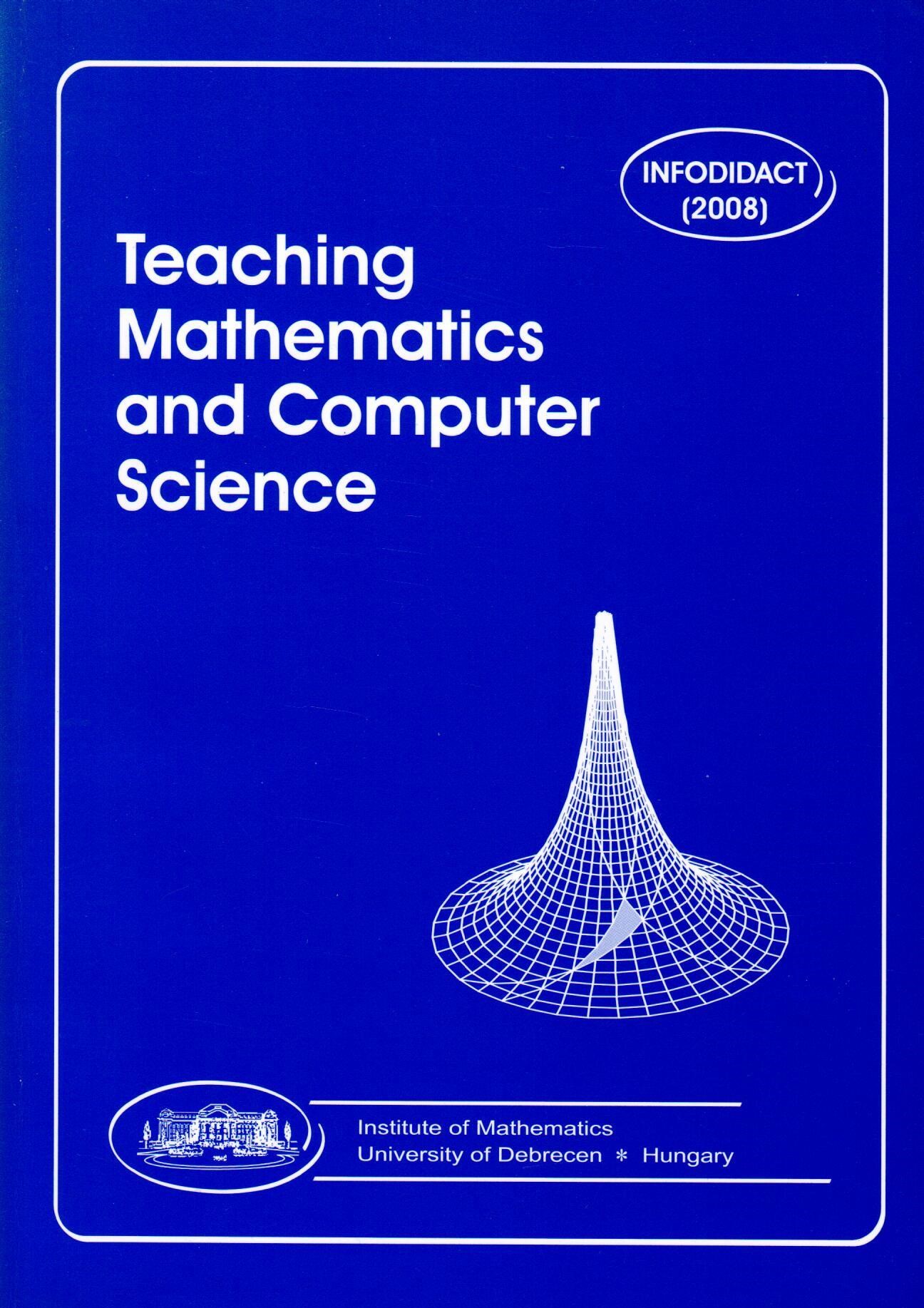Articles
Expressiveness of programming languages and environments: a comparative study
Published:
2008-12-31
Author
View
Keywords
programming languages teaching programming programming environments expressiveness secondary school education report
License
Copyright (c) 2008 Gábor Törley

This work is licensed under a Creative Commons Attribution 4.0 International License.
How To Cite
Selected Style:
APA
Törley, G. (2008). Expressiveness of programming languages and environments: a comparative study. Teaching Mathematics and Computer Science, 6(ID), 111-141. https://doi.org/10.5485/TMCS.2008.R011
Abstract
In written and oral communication tools, the support of the understanding of our message have an important role: we can increase the expressiveness and the level of understanding of our topic by approaching it in several ways, i.e. in written methods by highlighting the important parts; in oral by changing tone and other elements of non-verbal communication. In this paper programming languages and developing environments are compared with each other in terms of their methods and their level of support to the solution of programming tasks.
There is a need to have these tools in programming and, of course, in teaching programming. What are the factors that define the distinctness and the legibility of a program? What are the basic principles which give an instrument in programmers' and students' hands in order to create a properly working program from already existing algorithms in the most efficient way? We search for the answers to these questions in this paper.
There is a need to have these tools in programming and, of course, in teaching programming. What are the factors that define the distinctness and the legibility of a program? What are the basic principles which give an instrument in programmers' and students' hands in order to create a properly working program from already existing algorithms in the most efficient way? We search for the answers to these questions in this paper.

 https://doi.org/10.5485/TMCS.2008.R011
https://doi.org/10.5485/TMCS.2008.R011






